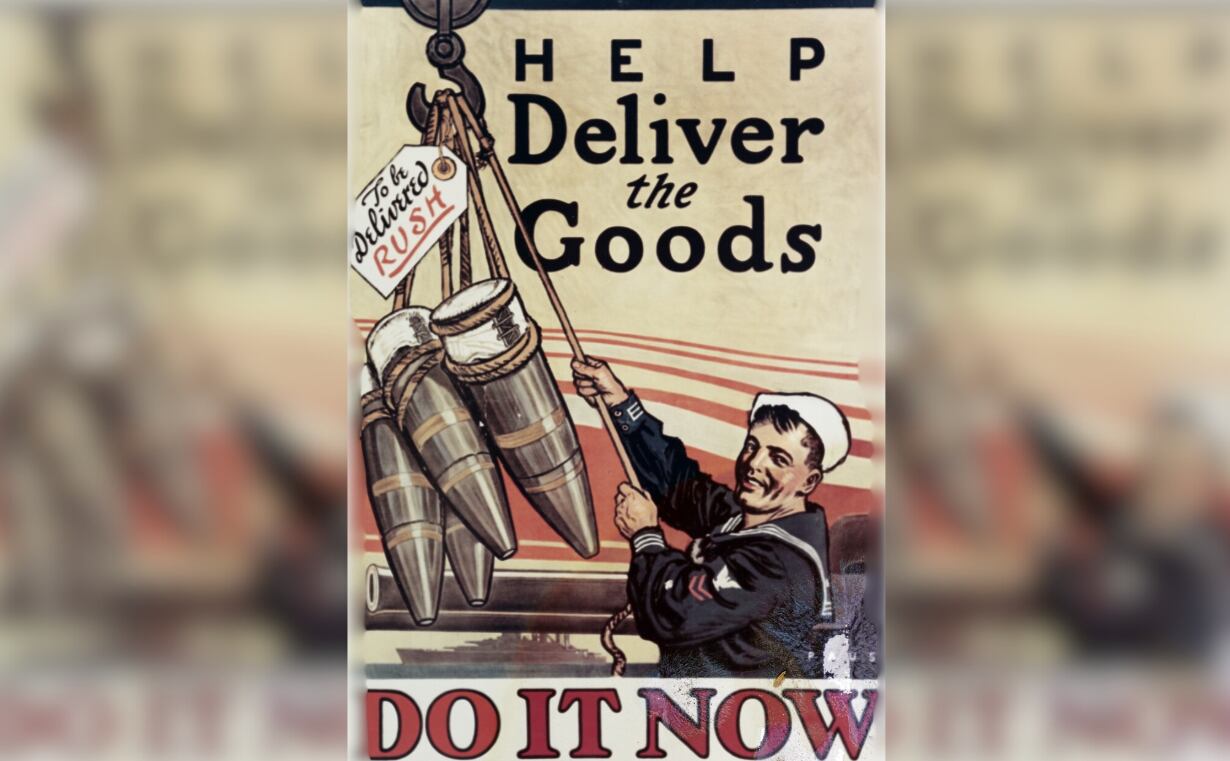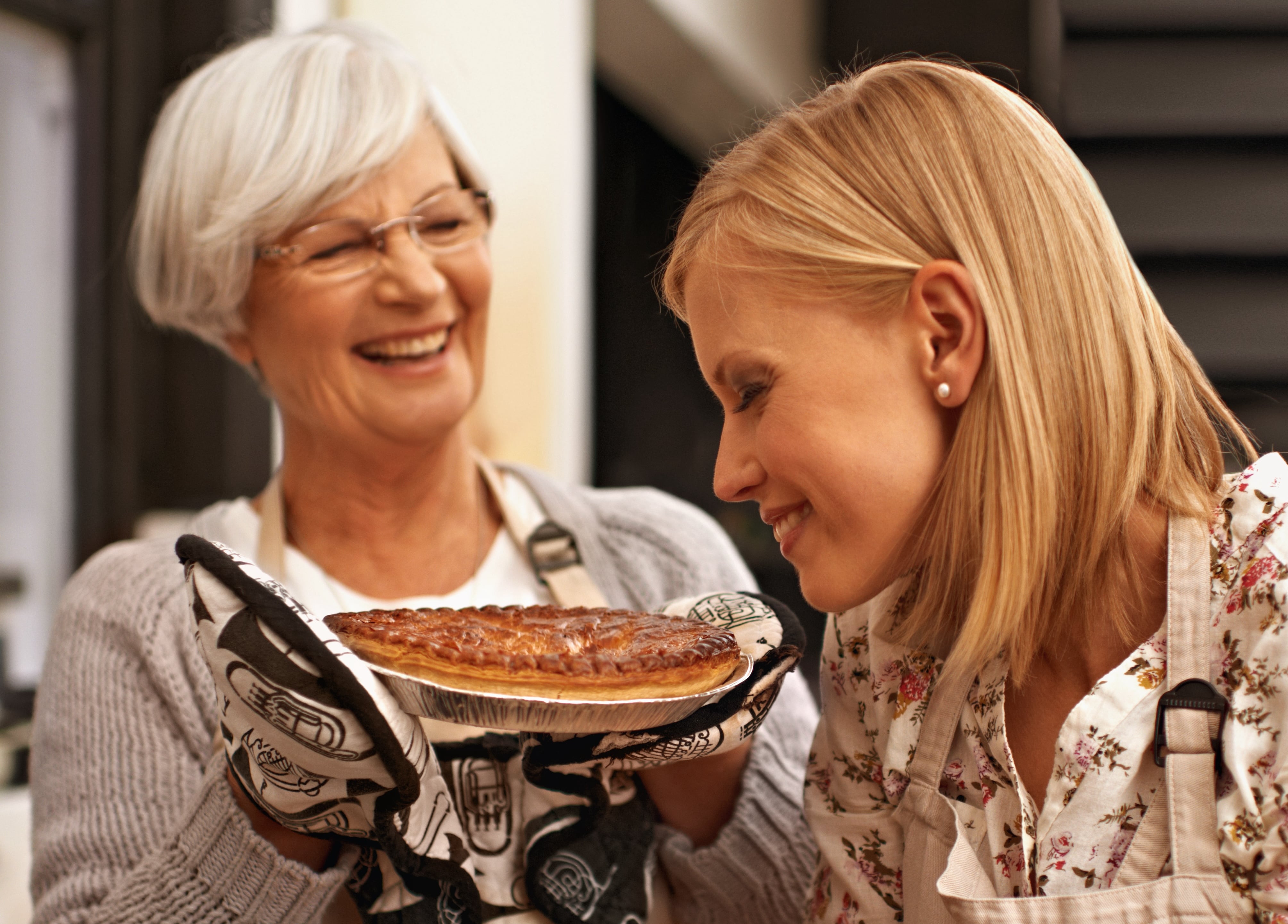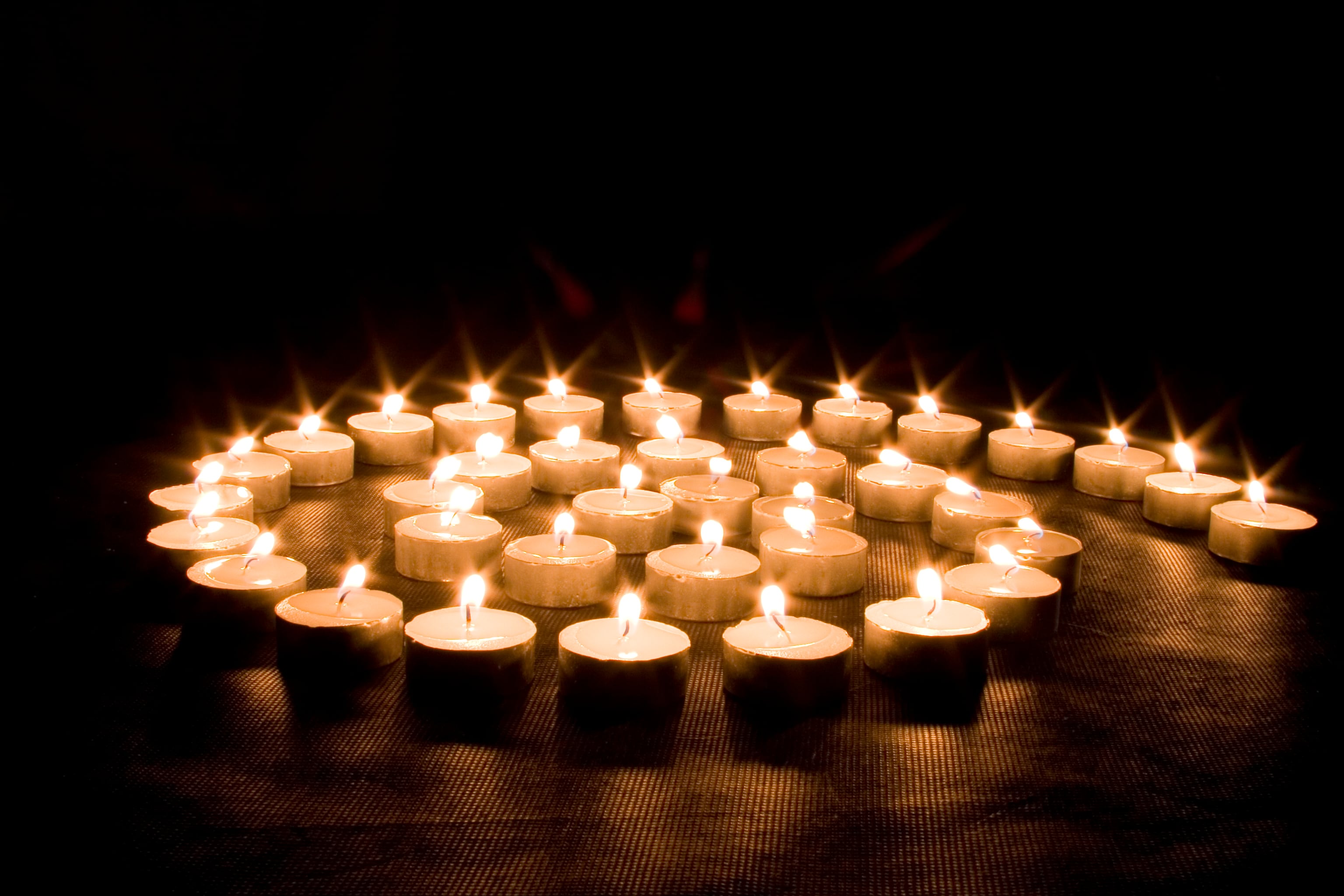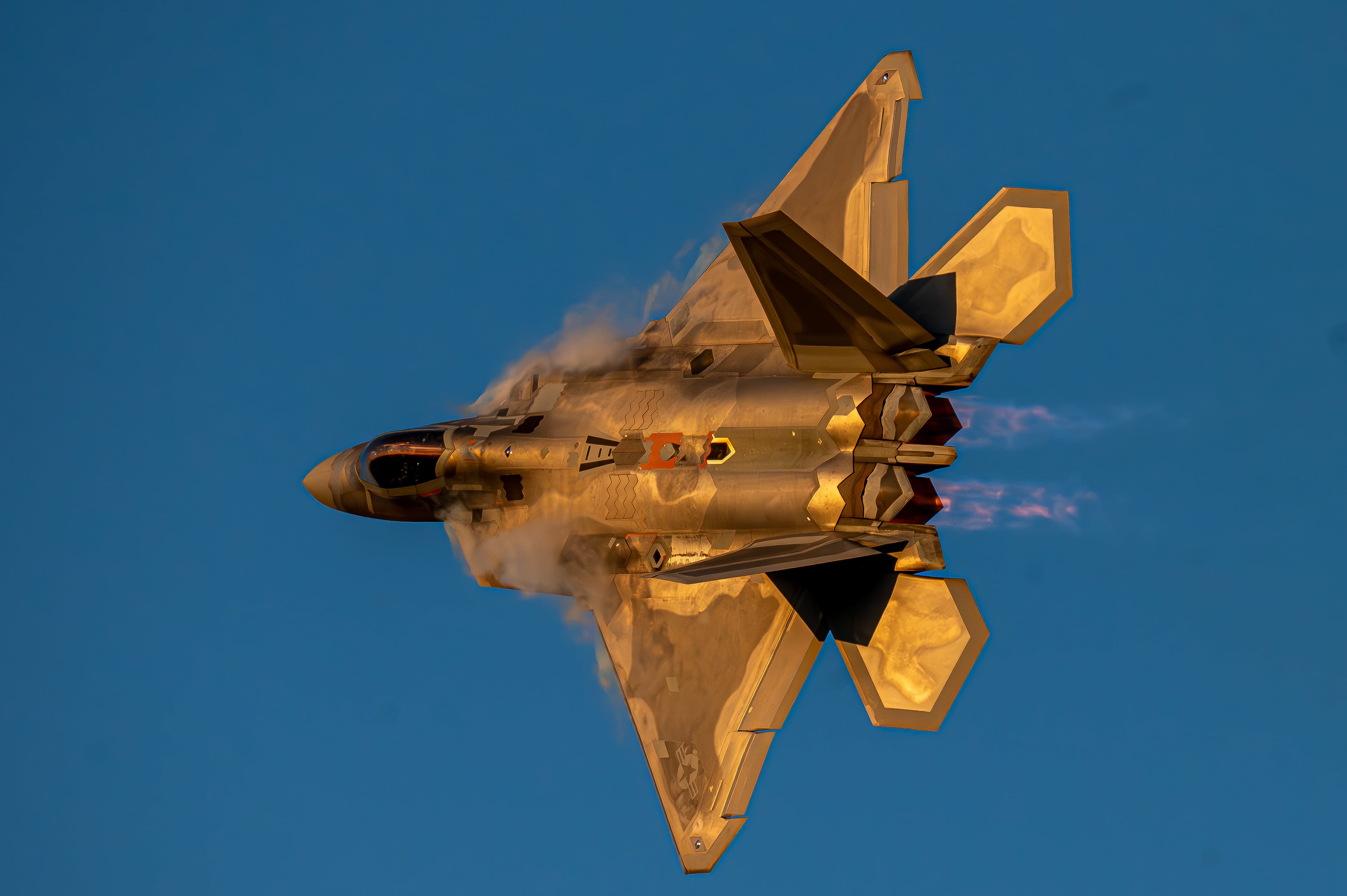When people think of Switzerland, they tend to think neutrality (and cool pocket knives and stylish watches, I guess). But there was a point when the country was caught up in a religious civil war that their armies tried to resolve with soup, according to lore.
In the early 16th century, conflict arose between the Protestant forces from Zurich and Catholic forces from Zug — Switzerland’s Christian Reformation — but legend has it that on the field of Kappel am Albis, no blood was shed. Instead, the armies simply shared some good, hot soup.
There are no records that detail how the soup was made or where it came from, but the story of the milk soup, known as “Kappel Milchsuppe” has become an integral story in Swiss history.
Made primarily with bread and milk, there is no definitive recipe left from the 1500s. Today’s recipes, however, feature various takes with butters, milks, cheeses, onion and garlic.
Though few facts about the original 500-year-old soup can be verified, BBC reported that historians agree the “broth was created by accident in June 1529 when two hungry armies met on a battlefield on what is now known as the Milchsuppestein, or ‘milk soup pasture.’”
“The soldiers from both sides mingled and eventually dined together — supposedly the troops from Zug provided the milk, and those from Zürich the bread to make this soup,” wrote Swiss cook and blogger Andie Pilot.
This brought to a close the first Kappel War.
“Negotiations continued, but to the amazement of everyone, the infantry brokered their own truce over a cooking pot while on the battlefield,” former Kappel Abbey pastor and historian Susanne Wey-Korthals told BBC. “Naturally, they were hungry after the long march, and Zürich had plenty of bread and salt, while Zug had a surplus of milk from its farms. From that the legend was born.”
Unfortunately the bisque was not enough to stop the fighting indefinitely.
The second Kappel War was fought in 1531. Ironically, a food embargo imposed on the Catholics brought the two armies back to war, bringing about a resolution in Switzerland’s Protestant Reformation. Ultimately, the Roman Catholics would go on to win when Zürich’s Protestant leader Huldrych Zwingli was killed.
Still, the lands of Milchsuppestein and the legendary soup enjoyed by the two warring factions became enduring symbols of Swiss peace. A stone monument to the original bloodless battlefield meeting remains there to this day.
“These fields have played witness to some of the most important moments in Swiss history,” Wey-Korthals said. “Switzerland found a way to compromise here. To concentrate on what we had in common rather than focus on our differences. It sounds remarkable, but we did it over a bowl of soup.”
Sarah Sicard is a Senior Editor with Military Times. She previously served as the Digitial Editor of Military Times and the Army Times Editor. Other work can be found at National Defense Magazine, Task & Purpose, and Defense News.
In Other News














